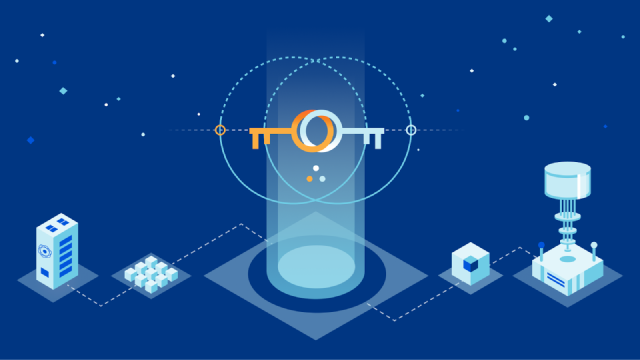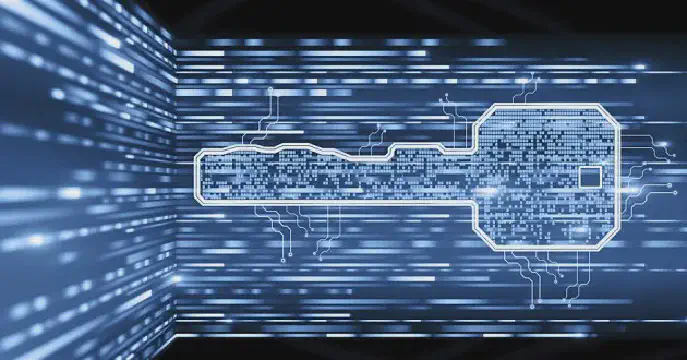Excerpt§
CRC or Cyclic Redundancy Check is an error detecting code used widely in data communications and storage. CRC jobs focus on data quality in clinical trials.
CRC or Cyclic Redundancy Check is a common technique used to detect errors during data transmission and storage. It plays a key role in ensuring integrity and reliability of data. Professionals specialized in CRC are in demand across industries like telecom, aerospace, and healthcare for quality control and validation.
Understanding CRC§
CRC stands for Cyclic Redundancy Check. It is an error-detecting code used to detect accidental changes or manipulation of data during transmission or storage.
How CRC Works§
The CRC algorithm treats input data as a large binary number. It performs division on this number using a predetermined “generator polynomial”. The remainder from this division is the CRC code generated.
For example, if you input the text “Hello” into a CRC-16 online generator tool , it will calculate a 16-bit CRC checksum for this data. Similarly, a CRC-32 generator tool can calculate a 32-bit CRC for your data.
This CRC code gets appended to the original data and transmitted. The receiver repeats the CRC calculation on the received data. If the newly calculated CRC matches the received CRC, the data is accepted. Any mismatch indicates corruption.
Some key points:
- A different generator polynomial will produce a different CRC code for the same data.
- Even a single bit change in the data will drastically change the CRC.
- The degree of the polynomial determines the strength of the CRC algorithm.
CRC enables detecting common errors like bit flips as well as burst errors during transmission over noisy channels. It is easy to implement in hardware and software.
Applications of CRC§
CRC is ubiquitous in systems that require detection of data corruption. Some examples:
Data Transmission§
CRC plays a vital role in detecting errors when data is transmitted over media like Ethernet, Wi-Fi, Bluetooth, USB etc. Standards like CRC-32, CRC-CCITT are used in telecom protocols and file formats.
Data Storage§
Advanced storage systems use CRC to detect and recover from data corruption. Filesystems, RAID arrays, and database engines rely on CRC to maintain data integrity and availability.
CRC is crucial for detecting errors introduced due to defective sectors, drive failures, memory faults etc. in storage devices and servers.
CRC Job: Roles and Responsibilities§
A CRC or Clinical Research Coordinator job involves coordinating and overseeing clinical trials of new drugs, treatments, and medical devices.
Key Responsibilities§
- Develop protocols, case report forms, and informed consent documents for clinical trials.
- Recruit, screen, and enroll patients for trials.
- Collect and track data, samples, and records from patients.
- Ensure adherence to regulatory standards and quality control procedures.
- Manage logistics like investigational supplies, lab tests, data monitoring.
- Maintain documents and communicate with investigators, sponsors, and patients.
In essence, a CRC ensures optimal conduct of trials according to scientific, ethical, and regulatory guidelines. They are integral to the success of clinical research and drug development initiatives in pharma, biotech, CROs, hospitals, and academic institutions.
Conclusion§
CRC is a simple but powerful technique to ensure integrity and reliability of data in systems. The cyclic redundancy check algorithm detects errors by introducing redundancy in the form of parity bits. CRC jobs focus on maintaining data quality and regulatory compliance in clinical trials. As data generation and transmission increases, CRC will continue to play a critical role in the functioning of communication networks, storage devices, and biomedical systems.















